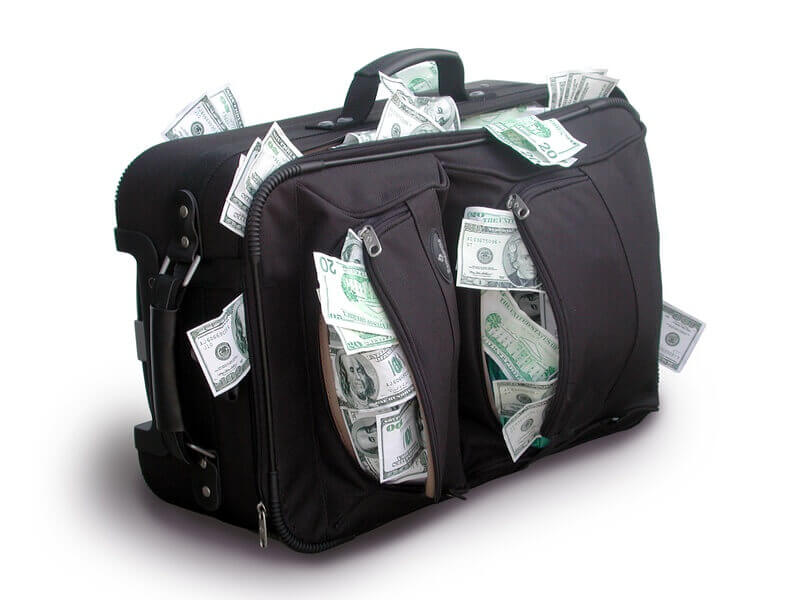
‘Ancillary’ revenue is, of course, a growing portion of airline revenue. Some airlines are even reporting more than 40% of their revenue from ‘ancillary’ services, which generally refer to the new ala carte pricing where checked bags, seat assignments, on board food and other elements are often no longer included in the basic fare. Instead, they must be purchased as additional, optional services.
IdeaWorks and CarTrawler assemble an annual report on ancillary revenue for airlines across the globe. In their report this year on 2016 results, a key source of ‘ancillary’ stuck out: the ala carte portion of re-bundled fares. The report includes in its definition of ‘ancillary’ revenue the fare premiums offered by select airlines that re-bundle some of the ala carte ancillary services back into a published fare, ‘the a la carte components associated with a fare or product bundle’.
A re-bundled, or sometimes called ‘branded’, fare, is sold as a package of features – a new fare that includes more amenities or features than the lowest fare. These fares may include a free checked bag, for example. Customers in many cases could pay the lowest fare and then, as an option, purchase a checked bag. With a branded fare, just like the old fares before unbundling, the customer receives the right to check a bag for free included in the fare he pays, not as an extra charge incremental to the fare. The report includes in its analysis of ancillary the fare premium associated with such branded fares.
Re-bundled fares are popular at both low cost carriers – famous for high ancillary fees – and some legacy carriers that typically don’t rely as heavily on ala carte ancillary services. Let’s look at two leaders in ancillary revenue namely UK low-cost carrier easyJet and US legacy operator Delta Airlines.




